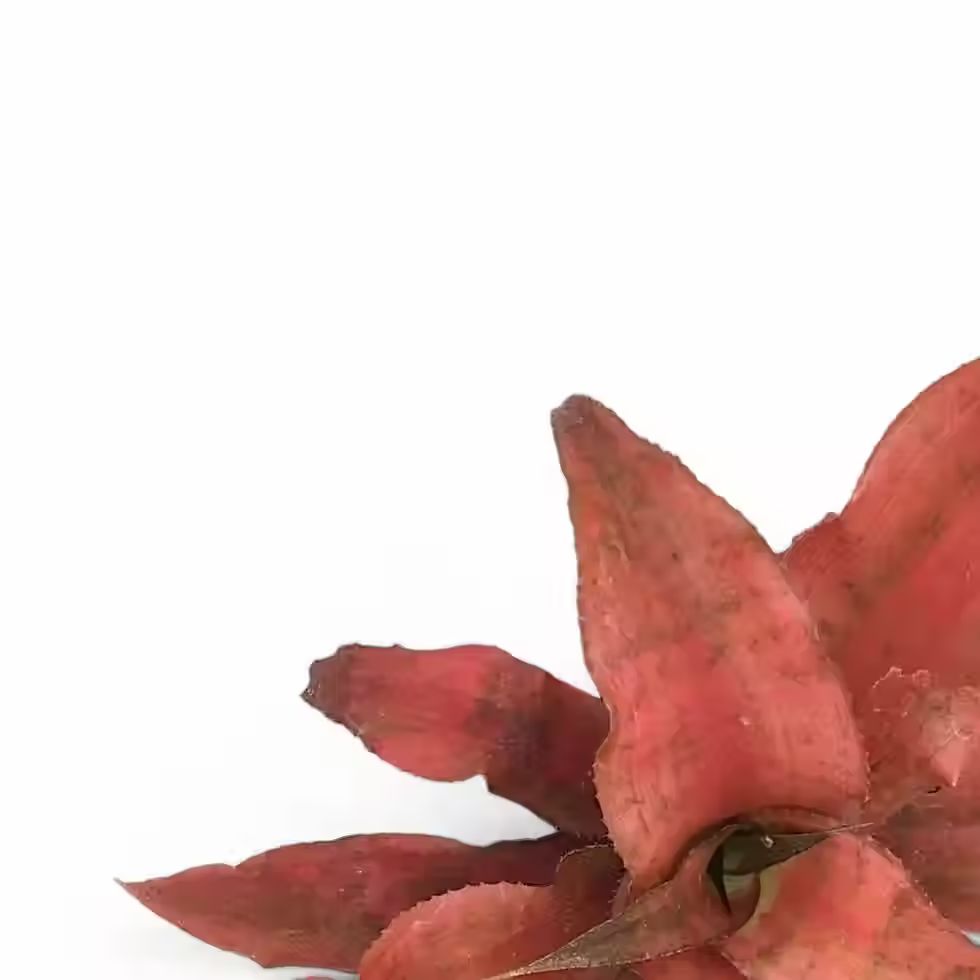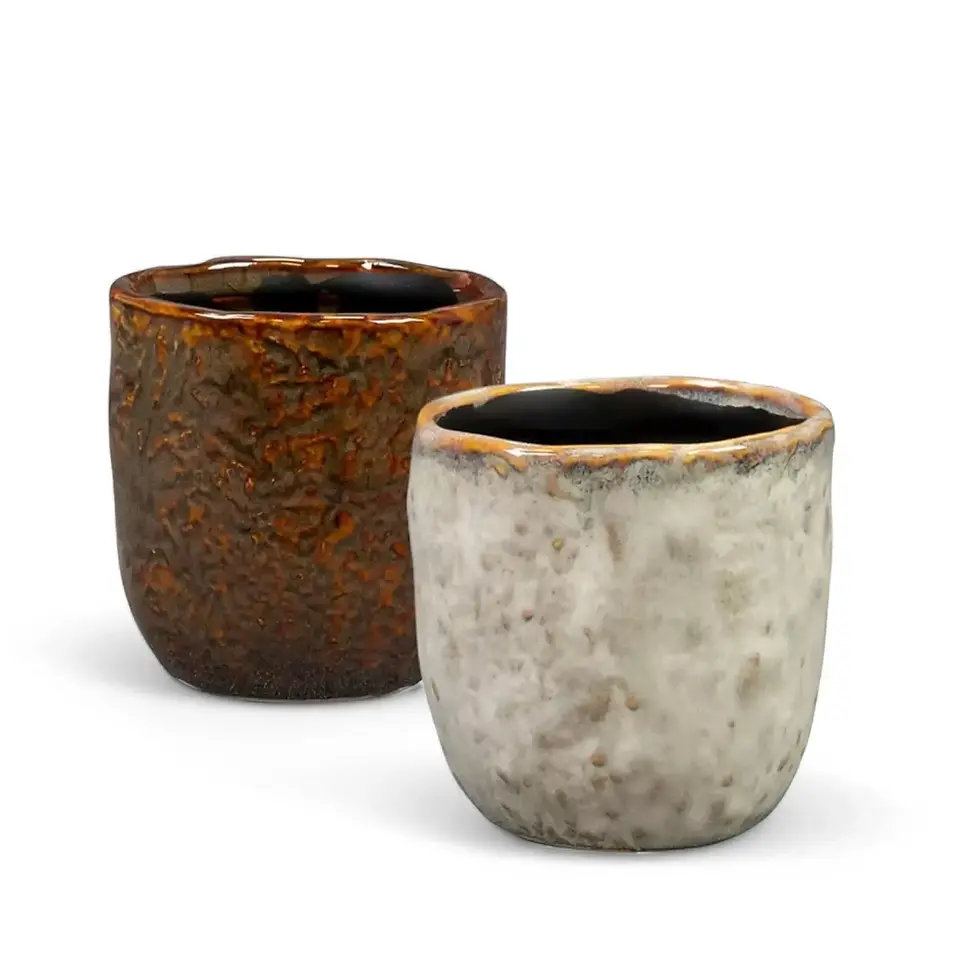Philodendron pastazanum – Creeping growth, oversized heart leaves, jungle presence
Philodendron pastazanum – Appearance, Growth and Indoor Behavior
Big, bold, and low to the ground — Philodendron pastazanum brings serious tropical vibes with its massive, glossy heart-shaped leaves and creeping stems that stretch horizontally across the soil surface. Each leaf feels architectural: ribbed veins, deeply cordate base, and a surface that reflects light like lacquered leather.
New leaves emerge a bright green and slowly darken into a deeper emerald, developing prominent midribs and symmetrical venation. As the plant crawls, it roots along the nodes and pushes out ever-larger foliage, creating a lush, grounded focal point with undeniable character.
Defining features of Philodendron pastazanum
- Leaf size: Mature leaves can exceed 50–60 cm in length
- Shape: Deeply cordate (heart-shaped) with a smooth, glossy finish
- Texture: Thick, leathery with deeply sunken venation
- Growth style: Creeping (terrestrial) growth with short internodes
- Visual impact: Dramatic, jungle-like foliage that sprawls instead of climbs
Natural range and growth habit of Philodendron pastazanum
This species is native to the lowland rainforests of Ecuador and parts of eastern Colombia, particularly in the region of Pastaza where it was first documented. It grows along the forest floor in warm, humid environments, with temperatures around 24–30°C, receiving filtered light and high moisture year-round.
Philodendron pastazanum is a terrestrial crawler, forming a horizontal stem (rhizome) that roots as it spreads. Indoors, it typically reaches 30–60 cm tall but can sprawl over a metre wide in ideal conditions. The plant is considered toxic to pets and humans due to calcium oxalates in the sap.
How to care for Philodendron pastazanum
- Light: Bright, indirect light is best; avoid direct sun, which can damage foliage
- Water: Keep the substrate evenly moist, never soggy; reduce watering in lower light
- Humidity: Prefers 60% or higher for best leaf size and health
- Temperature: Maintain between 20–28°C; protect from cold air and drafts
- Soil: Loose, chunky aroid mix with excellent drainage and airflow around roots
- Repotting: When roots circle the pot or rhizome reaches edges
- Fertilizing: Balanced fertilizer every 4–6 weeks during active growth
- Propagation: Rhizome division with rooted segments
- Hydroponics: Adapts well to semi-hydro in inert substrate with horizontal support
- Pruning: Minimal; trim dead leaves or limit size if needed
Potential problems and how to fix them
- Leaf curl or edge browning: Often caused by low humidity or inconsistent watering
- Yellowing leaves: Overwatering or poor substrate drainage — let soil dry slightly
- Root rot: Result of soggy conditions — improve aeration and water less frequently
- Spider mites or thrips: Common in dry conditions — treat early with neem or insecticidal spray
- Drooping leaves: May signal underwatering, heat stress, or compacted roots
Extra tips for happy growth
Because Philodendron pastazanum is a crawler, it performs best in wide, shallow pots or planter boxes that allow the rhizome to move freely. Supporting the horizontal stem with moss poles or flat supports can help maintain leaf display and root contact. Learning how it thrives in the rainforest floor — diffuse light, warmth, and high humidity — will help you dial in care without guesswork.
Botanical naming and origin
The genus name Philodendron comes from Greek, meaning “tree-loving,” reflecting their tendency to grow near or on trees. The species name pastazanum refers to Pastaza, the Ecuadorian province where the plant was first identified. It was formally described by botanist Madison in 1977 and has since become a collector's favourite for its unique growth habit.
FAQs about Philodendron pastazanum
Can I train Philodendron pastazanum to climb?
Not naturally — it’s a crawler, not a climber. Giving it horizontal space works far better than trying to make it go vertical.
What’s the best pot shape for this plant?
Wide and shallow pots are ideal, allowing the rhizome to spread and root without crowding.
Does it need high humidity to survive?
It can survive in average humidity, but will thrive and produce larger leaves in higher humidity environments.
Order today and bring home the grounded elegance of Philodendron pastazanum — where size meets structure.
Philodendron pastazanum
Philodendron pastazanum comes in following sizes:
S – is approximately 15 cm tall and comes in a ⌀ 6 cm pot
M – is approximately 30 cm tall and comes in a ⌀ 12 cm pot
L – is approximately 50 cm tall and comes in a ⌀ 15 cm pot

























































